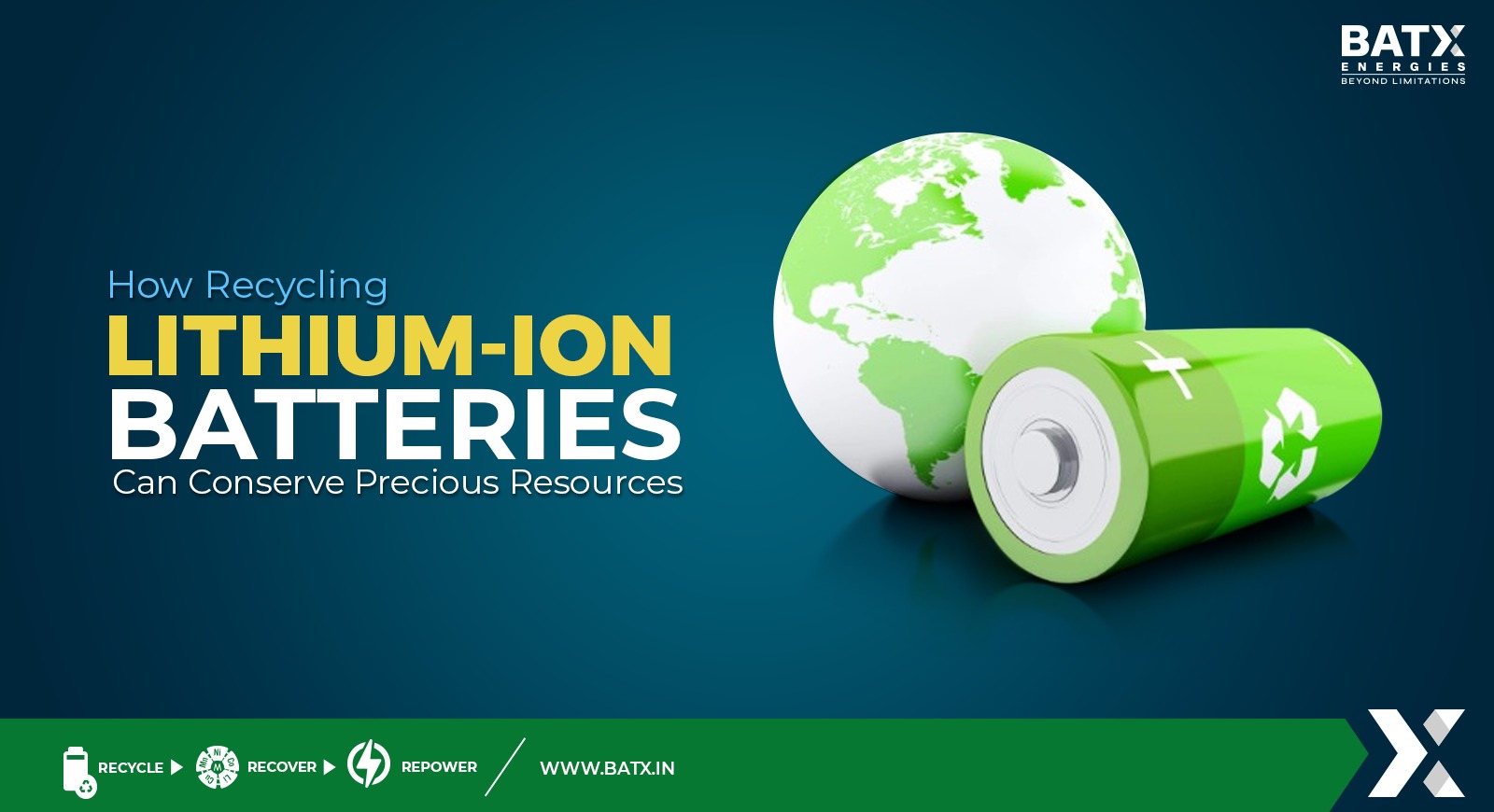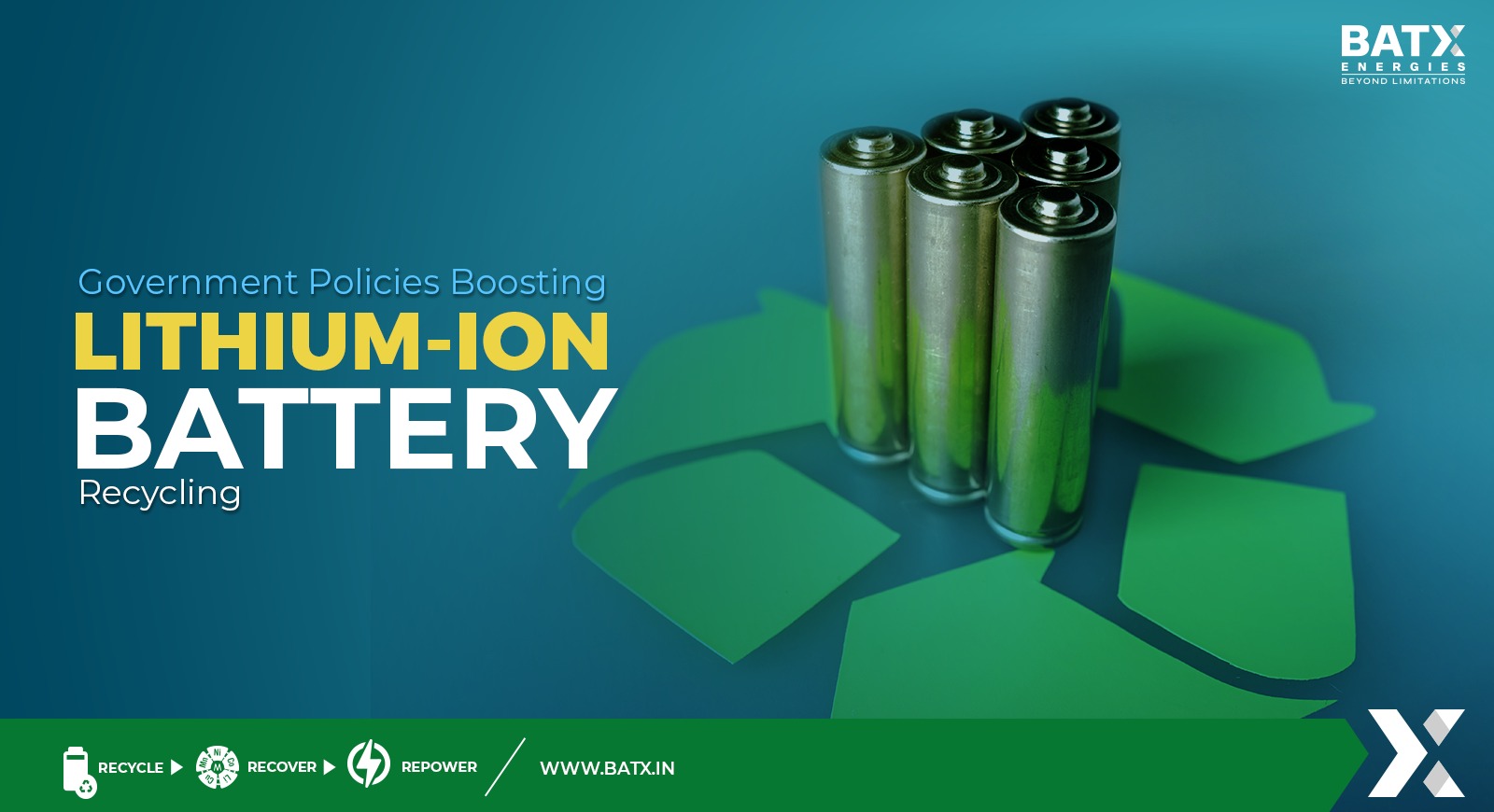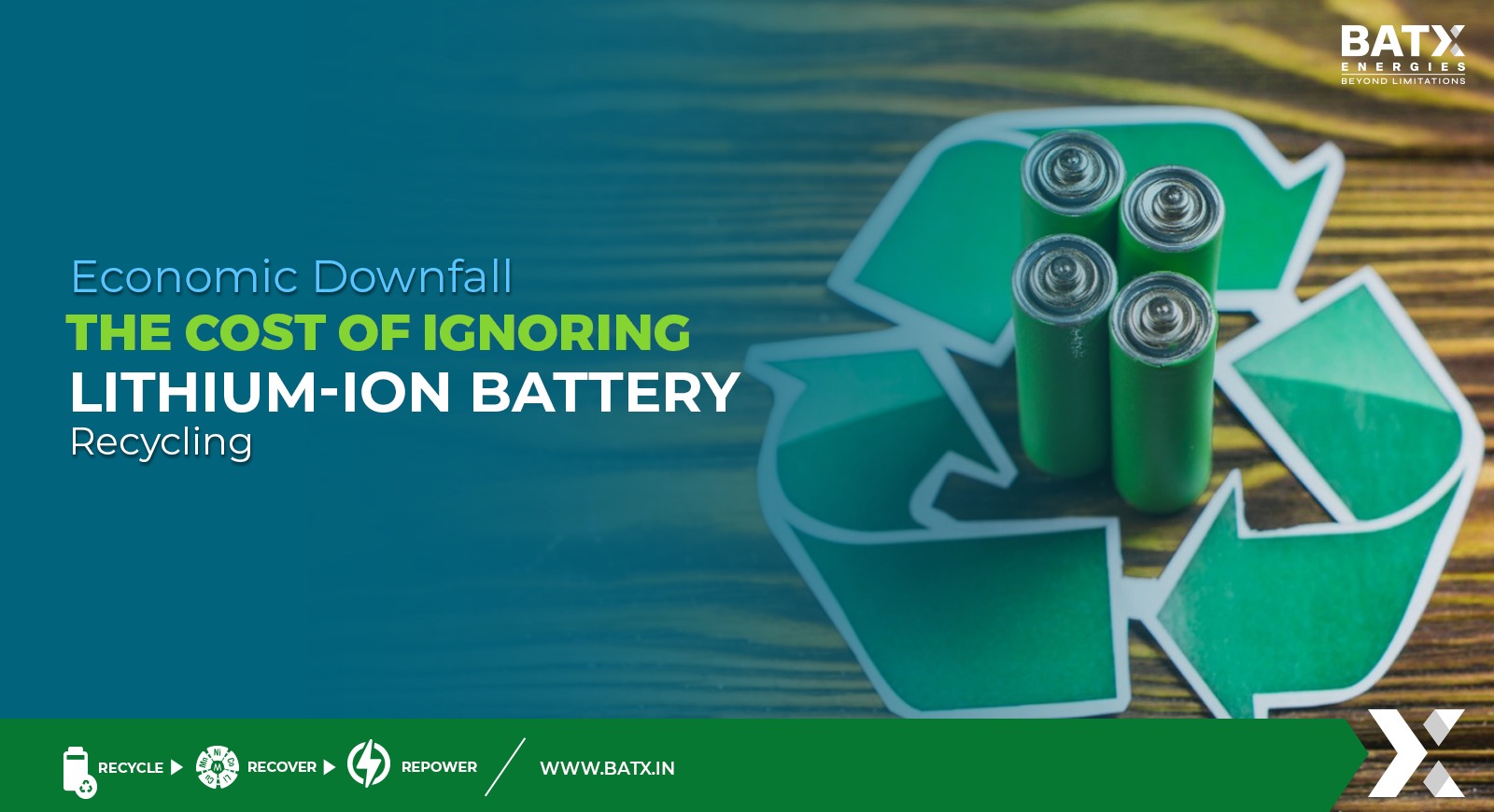Lithium-ion batteries (Li-ion) have taken the world by storm in recent years. Lithium batteries have been fast replacing nickel–metal hydride cells. Since the early twenty-first century, large advanced lithium batteries are becoming the new power sources in both the transportation and stationary power markets, including electric vehicle propulsion, standby power, mobile robots for ocean observing, and mission critical applications. They are the most popular battery storage option today, controlling more than 90 per cent of the global grid market. The batteries that power our precious mobile phones, kitchen and home wireless devices, power tools, laptops, electric vehicles such as scooters, bicycles, motorcycles and cars, WHEN AND HOW were they discovered?
Lithium-ion batteries were created in 1970, when there was an oil crisis. They had to make a rechargeable battery that would replace oil. Stanley Whittingham, who then worked for Exxon mobile, started working on a battery that would charge quickly. He made a battery, but in the first test, there was a fire because he made a battery using lithium and titanium, however this caused the batteries to short circuit and catch fire, raising safety concerns about the experiment. After a failed attempt to make the battery safe to use, he gave up the experiment. Stanley Whittingham’s work was continued in 1980 by John B. Goodenough, an engineer at the University of Texas at Austin. Instead of lithium and titanium, he made a combination of lithium cobalt oxide and, surprisingly, doubled the battery power and capacity while making it safer to use. After a few years, another engineer and scientist decided to try to improve and upgrade the lithium battery using a carbonaceous material, petroleum coke, which led to the finding that the battery was significantly safer without lithium metal. His name is Akira Yoshino, from Meiyo University in Nagoya, Japan. It was actually the first prototype of a lithium-ion battery.
Yoshino at Asahi Kasei Corporation developed the use of graphite for the anode. Initially, they used petroleum coke, but graphite was found to be better. The Li-ion intercalated into the layered graphite material, giving a major advantage since no free metallic Li is used in the battery. In 1991 the Li-ion battery was commercialized by Sony and Asahi Kasei Corporation. In the year 2000, Samsung SDI began manufacturing Li-ion batteries at their plant in Cheonan, Korea. Li-ion batteries are now widely used and have been a major driver in the mobile device revolution.
Lithium is the lightest metal and has the best electrochemical potential with the largest energy density compared to weight. Lithium ion has twice the energy density of nickel-cadmium and there is an opportunity for a higher energy density. They are low maintenance and do not need priming when new, one standard charge is all that is necessary. In the 1990s, Lithium-ion technology began to gain customer acceptance. The development was first explored because of the safety concerns of lithium metal batteries. Despite being slightly lower in energy density than lithium metal, lithium ion is extremely safe when charged and discharged following specified safety precautions.
Li-ion batteries are comparatively low maintenance, and do not require scheduled cycling to maintain their battery life. Today, the Li-ion battery is the fastest growing and most promising battery chemistry and has become a real emerging technology across a wide range of civil and defence applications.



